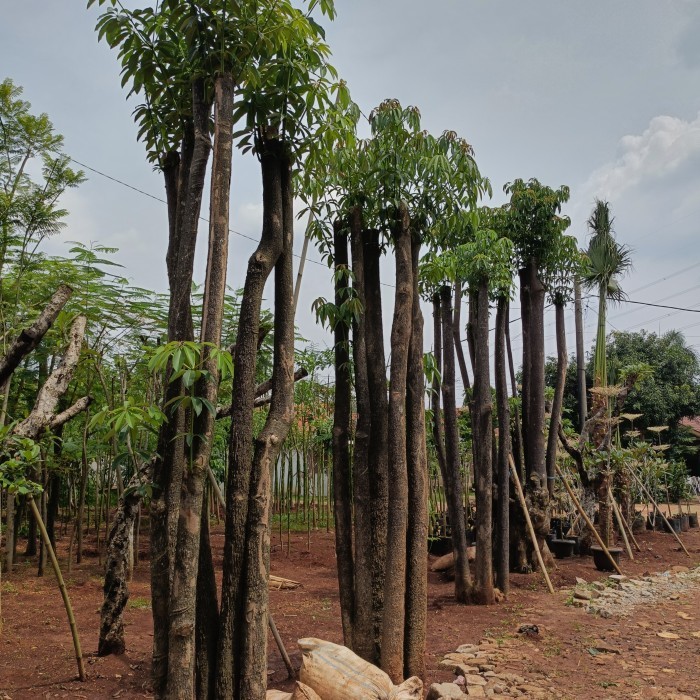Tree Removal Process and Considerations
Tree removal is a critical service in the realm of arboriculture, essential for maintaining safety, managing landscapes, and preventing property damage. While trees are vital for environmental health and aesthetics, there are situations where their removal becomes necessary. This guide explores the processes involved in tree removal, important considerations, best practices, and answers to frequently asked questions.
Importance of Tree Removal
Safety: Trees that are dead, diseased, or structurally compromised pose significant risks to people and property. Removing such trees prevents potential accidents and injuries.
Property Protection: Trees with invasive roots can damage foundations, sidewalks, and underground utilities. Removal helps protect infrastructure from extensive and costly damage.
Landscape Management: Sometimes, trees outgrow their spaces or obstruct views, driveways, or power lines. Removing these trees ensures a functional and aesthetically pleasing landscape.
Disease and Pest Control: Removing infected or pest-ridden trees prevents the spread of diseases and infestations to other healthy plants and trees.
Best Practices for Tree Removal
Hire Professionals: Employ certified arborists or professional tree removal services to handle large or hazardous trees.
Prioritize Safety: Always prioritize safety for both workers and bystanders. Ensure all safety protocols are followed.
Environmental Considerations: Consider the environmental impact and explore alternatives to removal, such as pruning or cabling, if feasible.
Post-Removal Care: Address the area where the tree was removed, ensuring the ground is level and prepared for future landscaping or replanting.
Tree removal is a complex process that demands careful planning, specialized equipment, and expert execution. By following these detailed steps and best practices, property owners and managers can ensure safe, efficient, and responsible tree removal. Whether for safety, property management, or aesthetic reasons, professional tree removal services provide the expertise needed to handle this critical task effectively.
FAQs about Tree Removal
1. When is tree removal necessary?
Tree removal is necessary when a tree is dead, diseased, poses a safety risk, causes property damage, or obstructs essential views or infrastructure.
2. How much does tree removal cost?
The cost varies depending on the tree’s size, location, and complexity of the job. On average, tree removal can range from $200 to $2,000.
3. Do I need a permit to remove a tree?
This depends on local regulations. Some municipalities require permits, especially for large trees or certain species. Always check with local authorities before proceeding.
4. Can I remove a tree myself?
While small trees might be manageable for DIY removal, larger trees or those near structures should be handled by professionals to ensure safety and avoid damage.
5. What happens to the tree after removal?
The tree can be processed into mulch, firewood, or removed entirely from the site. Stumps can be ground down or removed entirely.
6. How long does tree removal take?
The time required depends on the tree’s size and complexity. Small trees may take a few hours, while larger trees could take a full day or more.
Conclusion
Tree removal is a complex and sometimes necessary aspect of landscape management. Understanding the importance, processes, and best practices ensures that trees are removed safely and efficiently. Always consider consulting with professional arborists to handle tree removal, especially for large or hazardous trees, to protect property and ensure the well-being of the environment.



